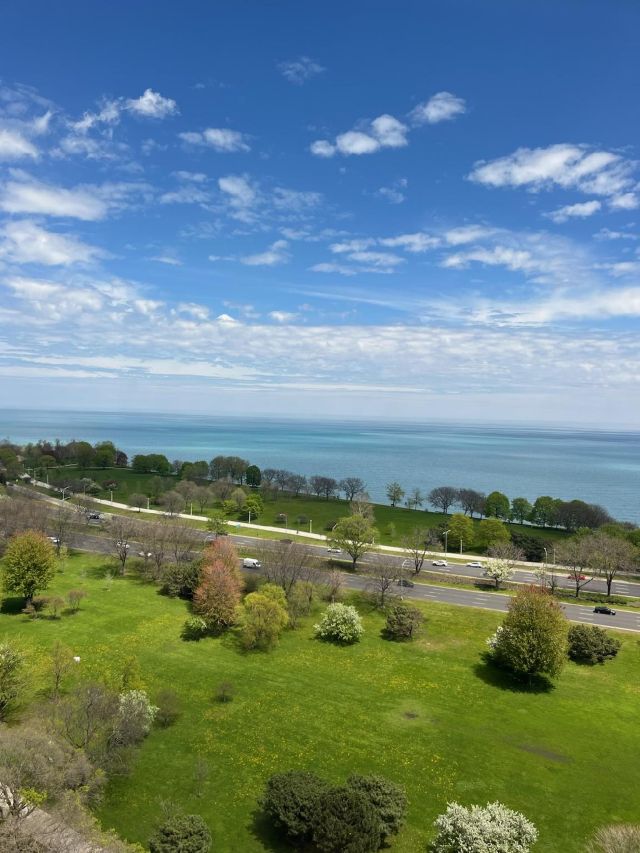Nature books inspire young and old to explore the outdoors
Published 8:46 am Thursday, August 24, 2017
Remember the pure childhood joy of a book? The page-turning excitement, the bold splash of colors, finding out that B was for bear and Z was for zebra, and that there was no limit on how many times you could read it?
Then we got a little older, the “baby books” didn’t keep up with outdoors adventures and the questions “What?” and “Why?”
Fortunately, there are writers who have the ability to keep it simple and interesting while answering those questions.
Fiona Cohen’s “Curious Kids Nature Guide: Explore the Amazing Outdoors of the Pacific Northwest” (Little Bigfoot) is a terrific introductory book for flora and fauna of the Pacific Northwest.
She’s an expert at selecting the information to put into small packets, never wasting a word. Toss the hardback into a daypack when you’re exploring with a child. She also includes a few pages on what’s happening by season. Winter, for instance, has the highest tides of the year; in spring, the northern flicker starts drumming.
Another winner is “Natural Attraction: A Field Guide to Friends, Frenemies and Other Symbiotic Animal Relationships” (Sasquatch Books), which focuses on symbiotic relationships among animals. Author Iris Gottlieb also illustrates her book with bold watercolors.
Some relationships are win-win, others more drastic: a female anglerfish mates by releasing an enzyme that dissolves the male anglerfish against her, turning him into a lump by her side.
Ronald Orenstein’s approach in “Weird Butterflies &Moths” (Firefly Books) is a combination of page-size photographs, which provide amazing details, and small blocks of type. The reader’s mantra will be, “Well, look at that!”
“How to Raise Monarch Butterflies: A Step-by-Step Guide for Kids” (Firefly Books) by Carol Pasternak is a straightforward guide with photographs, maps and a resource list. Since monarchs eat only milkweed leaves, be prepared to look online for a food source.
Moving on to adult-oriented books:
“Monarchs and Milkweed: A Migrating Butterfly, a Poisonous Plant and Their Remarkable Story of Coevolution” (Princeton University Press) is Anurag Agrawal’s in-depth look at how the butterfly’s relationship to a poisonous plant evolved, and the dangers that threaten an entire population. “Monarchs” came out this spring, and with it Agrawal’s rejection of the lack-of-milkweed theory that has been the lead theory for a long time.
“The Living Bird: 100 Years of Listening to Nature” (Mountaineers Books) may be the best book in the last few years to combine text and photographs focusing on our avian relationships. Text includes a poignant forward by Barbara Kingsolver about her sometimes strained relationship with birds when growing up, John Fitzpatrick’s birds as beacons for a planet, and birds as inspiration by Seattle author Lyanda Lynn Haupt.
Dominic Couzens’ “Extreme Birds: The World’s Most Extraordinary and Bizarre Birds” (Firefly Books) is a rollicking look at the variations in the avian world’s forms, behavior, abilities and families.
His extreme contenders: best energy saver (roadrunner), most flexible mouth (Eurasian nightjar), most vicious killer (secretary bird), tireless singer (red-eyed vireo), longest sleep (common poorwill), pushiest female (northern cardinal), biggest chauvinist (knobbed hornbull), most suspicious mate (great tit) and dirtiest defense (fieldfare).
Sometimes listening is the best approach to wildlife, says Amelia Kinkade in her remarkable “Whispers from the Wild: Listening to Voices in the Animal Kingdom” (New World Library).
Kinkade calls herself an animal communicator. She has “whispered” to animals small and large, including Prince Charles’ hunting horses.
“Whisperers” tells remarkable stories of how she has interacted with animals, how her intuitive sense and ability to read body language has led to communication, and how she has overcome at least some skepticism of her skills.
Reading about the outdoors can’t be a replacement for going outdoors. Here are a few get-out-if-the-house books.
Craig Romano’s “Urban Trails: Kitsap: Bainbridge Island/Key Peninsula/Bremerton/Silverdale/Gig Harbor” (Mountaineers Books) focuses on 36 trails on the Kitsap Peninsula. Each trail story starts with the basics (distance, difficulty, driving directions, etc.) before moving on to his informative mile-by-mile highlights.
I had hoped for an indication of whether all or sections of a trail were wheelchair-accessible, but I did not. It’s something I’d like to see in the future, especially on these close-to-home smaller versions of the standard hiking guides.
“Hiking the Pacific Crest Trail: Washington: Section Hiking from the Columbia River to Manning Park” (Mountaineers Books) offers a chance to explore as many miles of the PCT as you have time and ability to cover in Washington state. Tami Asars describes a hike on the trail with clarity, maps, elevation graphs (including locations of lakes, waterfalls and camps), excellent photographs, mile-by-mile guidance and fact-laden sidebars on water-resistant pages.
If this is your first sojourn on the PCT, start at Stevens Pass and head north to Rainy Pass. Maybe you’ll be out just a night or two, but be careful — a dose of the PCT may leave you craving for more.
And if the standard stretching exercises aren’t enough for your hike, check out Nicole Tsong’s “Yoga for Hikers: How to Stretch, Strengthen and Hike Farther” (Mountaineers Books), complete with philosophy and photographs.






